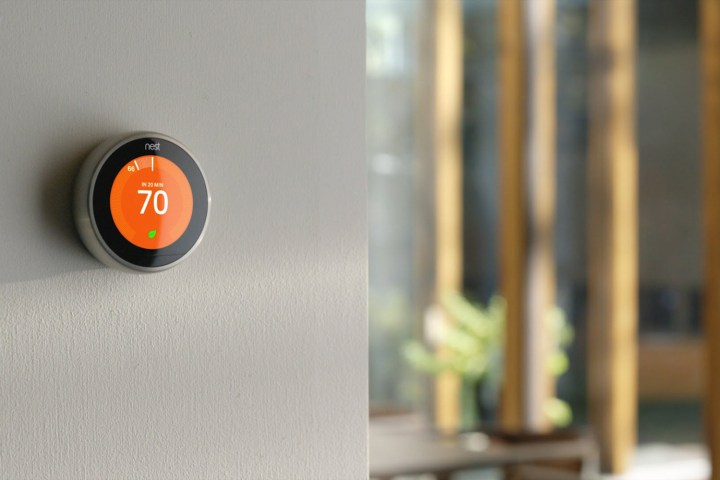
Benefitting most from the newfound capabilities are the Nest cameras, including the new Nest Cam Outdoor. Thanks to Alphabet being able to train its image processing on the millions of photos uploaded by Google Photos’ 200 million users, the cameras have gained the ability to recognize if the movement it sees in frame is an actual person or something like a car driving by. Being able to discern this difference will be a big advantage, reacting only to a person’s presence and cutting down on false alarms caused by the family dog, for example.
Also now able to broadcast out to third-party devices is the thermostat’s Sunblock feature. Originally it just factored in direct sunlight into how much it cooled the house, but now it can share information about the glare. Connected smart blinds could, for example, automatically lower in order to keep the heat down and smart bulbs could dim to take advantage of the natural light.
This is all reliant on the manufacturers actually taking advantage of these newfound abilities, of course. But the Nest API is available to anyone, free of charge, so if you have a spare computer like a Raspberry Pi and a willingness to dig through some documentation, you can take advantage of the new features yourself.
The thermostat itself also got a recent tweaking: Away Temperature is now Eco Temperature. When you manually change to this setting on your thermostat, it won’t activate other Nest products, like cameras, like Away used to. That’s important, because you can throw on a sweater, set the thermostat to Eco Temperature to save some money, and not have to worry about your living camera clicking on because your smart home thinks you’re actually gone.


